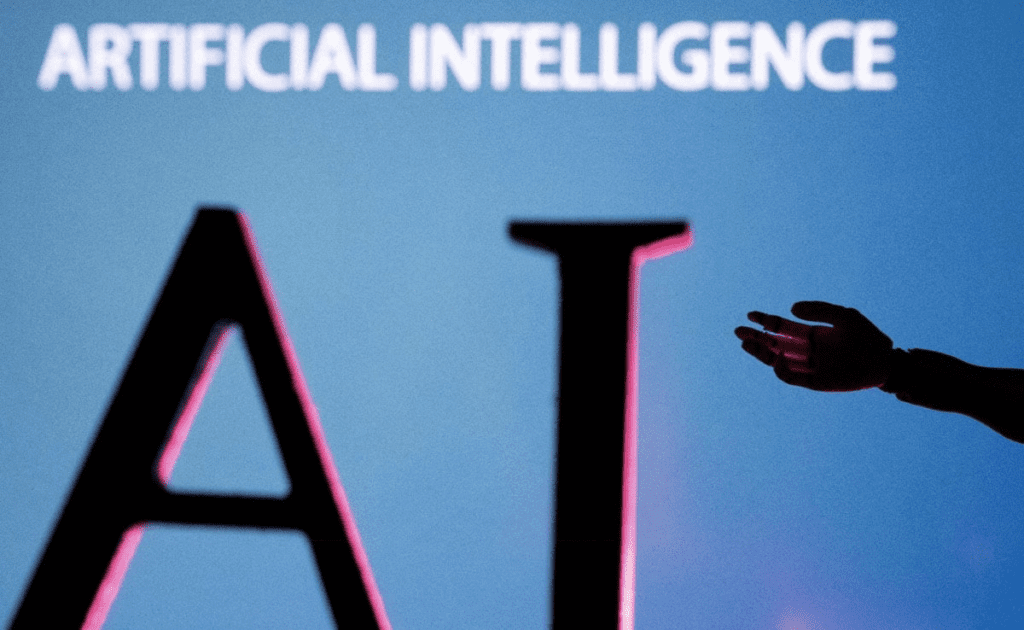The surge of interest in generative AI and its potential use in chatbots has sparked discussions reminiscent of historical job displacement scenarios.
Navigating AI and Job Market Dynamics
Amidst this discourse, a recent study conducted by the United Nations sheds light on the potential influence of generative AI on the job landscape. The study suggests that while generative AI is unlikely to fully replace most jobs, it may instead automate specific tasks within various roles. This automation could potentially free up workers’ time to focus on other responsibilities, as outlined in the report released on Monday.
Clerical Workers: A Vulnerable Group

Of particular concern is the fate of clerical workers in the face of this technological transformation. The study underscores that clerical work could bear the brunt of this shift, raising cautionary flags about the potential impact. The report highlights the potential for a more pronounced effect on female employment due to the higher representation of women in this field, especially in more affluent nations.
Beyond Historical Analogies
The current wave of interest in generative AI draws parallels with historical instances of job displacement, such as the introduction of the moving assembly line in the early 1900s and the advent of mainframe computers in the 1950s. However, the study by the International Labour Organization provides a contrasting perspective. It suggests that instead of entirely replacing jobs, AI is more likely to complement various professions and industries by automating specific aspects of work.
An Enhanced Work Experience
The study’s findings indicate that AI’s predominant impact could revolve around enhancing the overall work experience. Rather than causing widespread job loss, AI is expected to streamline tasks and create more efficient workflows, potentially leading to increased job satisfaction.
The Vulnerability of Clerical Work
Digging into specific job categories, the study highlights clerical work as particularly susceptible to the influence of Generative AI. Tasks encompassing the creation of text, images, sounds, animations, 3D models, and other types of data could face a high likelihood of automation—roughly a quarter of tasks within this realm.
The Call for Policy Attention
While the study offers a tempered outlook, it also emphasizes the potential gravity of the impact on workers affected by generative AI. The study characterizes this impact as potentially “brutal.” Therefore, the United Nations agency issues a strong reminder to policymakers. It urges them not to perceive the study as a pacifying narrative but as a clarion call to craft policies that effectively address the impending technological shifts.
The Hindustan Herald Is Your Source For The Latest In Business, Entertainment, Lifestyle, Breaking News, And Other News. Please Follow Us On Facebook, Instagram, Twitter, And LinkedIn To Receive Instantaneous Updates. Also Don’t Forget To Subscribe Our Telegram Channel @hindustanherald











































